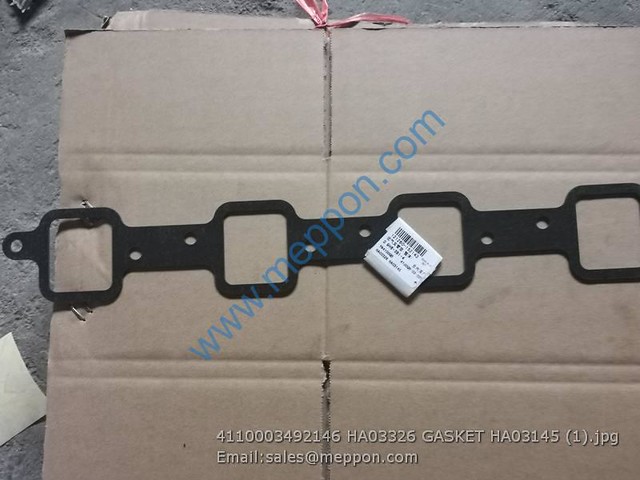Threaded Locating Pins: A Comprehensive Guide
Introduction:
In the world of manufacturing and assembly, threaded locating pins play a vita misumi locating pins l role in ensuring accurate positioning and alignment. These pins are widely used across industries for their reliability and precision. In this threaded locating pin article, we will explore the various aspects of threaded locating pins, including their manufacturing process, characteristics, advantages, usage methods, how to select the right product, and conclusion.
Manufacturing Process:
Threaded locating pins are manufactured using high-quality materials such as stainless steel or hardened alloy steel. The produc Clamped positioning pin tion process involves precision machining to ensure tight tolerances and optimal performance. The pin’s threaded feature is meticulously crafted using advanced CNC (Computer Numerical Control) machines that guarantee consistency in thread profiles.
Characteristics:
1. Joined Threaded Pin: This type of pin has threads on threaded locating pin both ends enabling it to join two or more objects securely.
2. Secured Positioning Pin: Designed with a lock mechanism or collar nut to prevent unintentional displacement during operation.
3. Clamped Positioning Pin: Utilizes a clamping element like a lever or knob for quick locking/release functions.
4. Fastened Locating Pin: Features additional tighten

ing mechanisms such as an Allen key or wrench for extra stability.
Advantag threaded locating pin es:
– Precise Alignment: Threaded locating pins offer exceptional accuracy when it comes to aligning parts during assembly processes.
– Versatility: These pins come in various lengths and diameters allowing them to fit different applications seamlessly.
– Increased Efficiency: By providing reliable positioning capabilities, manufacturers can achieve faster production cycles while maintaining excellent quality control threaded locating pin standards.
– Durable Construction: Made from robust materials like stainless steel or hardened alloy steel ensures longevity even under heavy-duty conditions.
Usage Method:
Using threaded locating pins is straightforward once you understand their functio

nality. Start by selecting the appropriate pin size based on your application requirements – diameter and length considerations need attention here. Then insert one end into the pre-drilled hole of the first object and thread th Joined threaded pin e opposite end into the mating component. Apply torque as per specifications to achieve a secure connection.
How to Select the Right Product:
When choosing threaded locating pins, it is crucial to consider factors such as load capacity, material compatibility with your application, threaded locating pin and specific operational requirements. Consult product catalogs or reach out to manufacturers’ technical teams for guidance on selecting appropriate pins based on your unique needs.
Conclusion:
Threaded locating pins offer an efficient and reliable solution fo

r precise positioning in various manufacturing industries. Their joined threaded pin, secured positioning pin, clamped positioning pin, and fastened locating pin variants cater to diverse assembly requirements. With their numerous advantages including exceptional accuracy and versatility, these pins significantly enhance productivity while ensuring high-quality output. Ensure proper selection based on load capacity and compatibility secured positioning pin with your application for optimal results during assembly operations.
